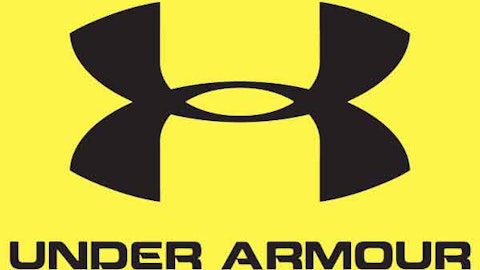Groceries are big business. The US grocery business, in fact, did about $568 billion in sales last year. Food is a low-margin business, but selling groceries has been an increasing trend for many retailers. Low-margin business is right up many of these retailer’s alleys — especially if they have the economies of scale to successfully profit from volume.
Amazon.com, Inc. (NASDAQ:AMZN) fresh…
Large-scale, low-margin retail can’t be brought up without mentioning Amazon.com.
The company is planning to begin selling groceries online and deliver them to customers in as many as 20 markets by 2014. Los Angeles will apparently be the first new market to receive the service.
The service was initially offered in Seattle, where overnight delivery of things such as eggs, produce, and even meat from local retailers was free (if a minimum order price was met) and was delivered by Amazon.com, Inc. (NASDAQ:AMZN)’s fleet of delivery trucks. The company, by using the grocery business it is developing to underwrite its expansion of its fleet of delivery trucks, may also be evolving another business – delivery. Amazon may be looking to eventually cut out middlemen like United Parcel Service, Inc. (NYSE:UPS) one day.
While groceries are low margin and may not make enough money to justify Amazon.com, Inc. (NASDAQ:AMZN)’s costly expansion alone, the real money maker will be if people decide to also buy higher-margin items such as electronics and bundle them with their shipped groceries. Supermarket analyst and consultant Bill Bishop explained:
“The fear is that grocery is a loss leader and Amazon.com, Inc. (NASDAQ:AMZN) will make a profit on sales of other products ordered online at the same time… That’s an awesomely scary prospect for the grocery business.”
And then there is Wal-Mart Stores, Inc. (NYSE:WMT)…
Amazon.com, Inc. (NASDAQ:AMZN) was beaten to the punch in groceries by none other than Wal-Mart , who is now the nation’s largest grocer and retailer. Wal-Mart Stores, Inc. (NYSE:WMT) now sells about a quarter of all U.S. groceries.
Forbe’s stated that the company now has a 25% “franchise” on America’s grocery budget.
About 90% of Americans live within 15 minutes or less of one of the company’s 4,000 locations. Wal-Mart Stores, Inc. (NYSE:WMT)has also been aggressively expanding its grocery business over the last decade — with groceries now accounting for 55% of sales, as opposed to only around 20% of sales 10 years ago.
Wal-Mart Stores, Inc. (NYSE:WMT) has also apparently been testing same-day and next-day delivery for groceries and other items in their stores, which will help it match and compete with Amazon.com, Inc. (NASDAQ:AMZN).
Target Corporation (NYSE:TGT) is also expanding its groceries business
After reporting a disappointing quarter with disappointing sales, Target also cut its full-year guidance as well. Sandy Skrovan, U.S. research director at Planet Retail, elaborated:
“This is Target Corporation (NYSE:TGT)’s weakest quarterly same-store sales performance since the Great Recession year of 2009.”
The company does have some positives going for it, however. In Canada, where the company has been expanding lately, there were apparently stronger sales than expected. Canadians also like Target Corporation (NYSE:TGT) stores because they carry things that aren’t usually available in their home country — such as Jif peanut butter.
While the company’s higher-margin apparel and home decor have also been attractive to consumers, Target Corporation (NYSE:TGT) seems to be having troubling luring these same consumers to the grocery aisle. The company does, however, seem to be looking to move further into groceries to compliment its higher-margin businesses like apparel.
With a new 360,000-square-foot distribution center in Denton, Texas, Target Corporation (NYSE:TGT) is looking to not only expand its grocery business, but to also solve another problem that even other competitors such as Wal-Mart Stores, Inc. (NYSE:WMT) face: keeping shelves stocked. It will be the company’s fourth distribution center, and will serve 235 stores in eight different states. The company looks to be leaning all the way into controlling its own distribution network, as opposed to relying on partners of the past, such as Supervalu.
The bottom line…
Big retail is increasingly getting into groceries in a big way, looking to grab their slice of the $568 billion grocery pie. Wal-Mart Stores, Inc. (NYSE:WMT) is already established and has locked up a quarter of the United States market, while Amazon.com, Inc. (NASDAQ:AMZN) is pushing itself into the very same market in an unique way which may steal some of Wal-Mart’s thunder. Target Corporation (NYSE:TGT) also knows groceries are lucrative, and this is why it is expanding and strengthening its distribution network. The real losers here going forward 10 years or more may be the traditional grocery stores and chains, who may not outlast the massive economies-of-scale and “cheapness” of the Wal-Marts and Amazons of this world.






